Bengaluru : 18-19 Jan 2020
Introduction
This workshop was different from our communication workshops, since here the focus was less on stammering and more on visualizing a meaningful future for ourselves. It was based on some ideas from Futures Thinking course at Coursera, taught by Jane McGonigal.
Three main ideas here are: We rarely do justice to the potential of future and fall into the common trap of assuming that our future will be like our present, just a little better perhaps! Secondly, visualizing future scenarios is better than opting for definite forecasts: we do want to work with and shape our future till the last minute than to set it in concrete. “Best thing about the future is that there are no facts in future” – everything is a possibility. Thirdly, we need to study ten years of past in order to make a five year forecast. In other words, knowing who we have been, how have we reacted to challenges in the past is an important step in this process.
Participants
About 40 participants, from Bengaluru: most were from IT background and all were connected to Bengaluru self help group. Facilitation was done by Dr Satyendra, assisted by Dinesh, Abhinav, Dhruv, Noura, Ankit, Nishil and others from the Bangluru SHG.
Thematic Outline
On day one, we used a PRA tool (TIMELINE) to chart our past, since birth, exploring various dimensions: relationships, education, training, career, major illness and loss etc. Based on this we tried to understand our emotional reactions, patterns and our skills: cognitive, emotional and professional; this was done to sum up ourselves as a person faced with emerging and uncertain future.
On day two, we developed some scenarios. 5-10 years from now – and what personal and professional changes we need to make, in order to reach there. We had a very interesting discussion with three HR managers at the end of the workshop.
Activities
Here we share major activities (and the instructions used), so that other SHGs may use them, if they wish to.
Day One
1: Rapid intro : quickly exchange your name, city and your work with another person and then move to the next person when facilitator shouts, Change, every two minutes. You have to be quick. You are welcome to move to different corners of the room. You can not talk to the same person twice.
- Make a pair: choose a partner whom you trust, or are friendly with, for this exercise. You may do this alone too. Just let the facilitator know. You may make a group of three or more friends if you feel comfortable.
- Privacy : Whatever you put on the paper is private and need not be shared. So don’t look at each other’s papers or ask questions. When facilitator asks, you may or may not share, depending on your content and comfort.
When recalling past events, you may get an attack of sadness or regret. Breathe deeply for a few minutes, until you realize that you are doing only an exercise in the present moment.
- Three A4 sheets and sticky notes: tape the three sheets together lengthwise. Draw a long line in the middle, lengthways. Chart the year and place of your birth on the left end. On the right end of the line, write 2020. This is the x axis of your life chart. You will put different events of your past on it and analyze how they have contributed to your becoming the person you are today.
- Now plot birth of your siblings- and any important deaths/ separation in your world, using sticky notes. You may write on the sticky notes a little bit more about the event like why do you still remember it etc..
- Ask yourself: how did these events affect me? My earliest memories? How did I deal with my issues with siblings? Will I do it differently now? If needed, you may discuss with your partner..
- Plot your educational milestones: 10,12, college, gap year, etc. Did you ever fail an exam?
- Now Ask yourself:What difficulties did I face? How did I deal with them? How did I manage to get good/ bad marks? What does it tell me about myself? What was my first day in school like? Why?
- Plot your employment events: placements? Internships? First job? Resignation or discharge? Major promotion? Overseas assignment? Which job you liked most and why? or did not like and why? Your expectations from a job- has it changed much? How? Which boss you liked most and why? Which boss you hated and why? What does it tell you about yourself? If you were to work again with him or her, what two strategies you will adopt?
- Relationships: Plot your major friendships, relationships, marriage etc. Also plot, break-ups.. Ask yourself: What have I learned from difficult relationships? From breakups? What have you learned about yourself? What kind of people will get on with you easily? Why? Who are your oldest friends? Why have they stuck to you? Or you to them? How did you deal with relationships which went bad?
- Plot your major addictions, hobbies, interests . When did you begin to like coffee? Netflix? Smoking? Drinks? Etc. What contributed to the development of addictions? What helped you to give them up finally? Which addictions put hobbies turned out to be your strength? How?
- Plot major life changes: Change of city? Career? Field? What drove these changes? How much was caused by external factors and how much was innate? So, how have you dealt with CHANGE in your life? Summarize in two lines on the back of the sheet or on the margins…
- Plot major illness or accidents : what caused them? How did you contribute? What did you learn? How did your life style change in response?
- Now let us review the sheet as a whole and look for any patterns. Do you find any trend or pattern recurring? Write it down in one sentence in the margin or on the back. Are there inter-connections or synergy between events? Make a note.
- Think of the three high moments in your life so far and plot them: big achievement, unexpected happiness or a significant turning point. Close your eyes and silently repeat: I achieved this because of…. Thank you so much. Thank people or circumstances responsible for them. You may thank yourself too.. Repeat it quietly for few minutes.
- We end here part one. Thank you for your participation. Tomorrow, we will forecast our future, based on our understanding of our past.
So, tonight as you go to sleep, recap/ review all that you have learned about yourself. Your strength and your areas for improvement. Your habitual reactions. Your unconscious behavior patterns or approaches to issues, events or challenges.
- But Future is not just more of the past, or just a better version of the past. It can be radically different, often is. So, tonight, think of what you would really like to be doing in the future? Where would you like to be living and working? With what kind of people would you like to see yourself in the future? Etc. You may take notes as you go to sleep or when you get up in the morning.
Post Lunch: After lunch we have invited the participants to come on the stage and speak for 5 minute about their interested topic by applying any techniques. Sachin has given feedback to each and every participant after their speech.
Last session of the day was FAQ with Sachin, Abhinav and Dhruv . Participants asked various questions related to Stammering, Stress, fear of speaking and Mental Health. With this we have ended Day 1 of Communication Workshop.
Day two
Ice breaker: The hall was divided into 4 quadrants with four labels:
- My Field of work is getting worse 2. My field of work is getting better.
- I am powerful in my field of work. 4. I am powerless in my field of work..
Participants were given time to POSITION themselves in these quadrants. Most people stood in the quadrant representing: My field is getting better and I am powerful in it. Next the “outliers” were asked to explain their position (why are you standing in this quadrant?) and what do they plan to do in order to improve their prospects. Purpose of the exercise was to encourage participants to reflect on their career and consider their future options.
The day began with a review of the previous day:
1.Review your timeline chart, major milestones. Consider:
- How has my emotional health and life evolved? What can I learn from it?
- How have I learned new skills? What does it tell me about my future learning curve?
- How have I worked with others? Within a team? What does it tell me about my future choices?
- I have pursued many things. Now, what is my pursuit in life?
Put on earphones, breath slowly and deeply, sit relaxed, close eyes and listen to this music for 2 min and stop – or any other track which makes you feel calm… . :
2.Now use, these two techniques to come up with 2 or more future scenarios for the next five to ten years:
Technique 1: You meet your identical twin after a long gap. S/he is in a similar situation. S/he asks you for advice. You start by saying: Have you ever thought of….? Why not try…? Why not try your hand at….? What about…? Write down your advice.
Technique 2: You wake up from a coma. You have lost all your memories: likes dislikes, constraints, fears etc. You start a new life. What could it be?
Develop scenarios with one line; then, flesh it out.
One line example: 2030- I head a Data entry company, employing 30 school dropouts, in rural Tamilnadu.
- Now, flesh it out by asking:
- What is good or appealing about this scenario? Why should I care about it?
Example Ans: I want to be my own boss. I want to live away from big cities. I want to help rural school dropouts by offering them work.
- What do I need to do to get there?
Ask yourself: What skills? How much funds? What connections? What collaborators?
- Who all I need to take on board? Relatives, friends?
- Develop a plan with timelines..
- Facilitators will be discussing your goals with you briefly…
Post Lunch: After lunch, we have played the Zip-Zap-Zop game conducted by Norua to keep all the participants energetic & awake. Everyone has actively participated in the game and enjoyed a lot. Now, It was the time to show some Salesman skill. So,We have called 5-5 participants in batches on the stage and given them different – different items ( like pen, book, umbrella, bottle, mobile etc) to sell it to other participants. Each one has try his best with full enthusiasm and energy to sell the given item. All participants loved this activity because most probably, it was the first time that we ( Stammerers) are selling something to others . Because, Due to fear of stammering we have never tried our salesman skill before.
Now, we have split the participants in 4 groups and given them the topic to discuss about how to make Bangluru SHG more responsive to the needs of the members. Each group came out with some interesting ideas which can be implemented immediately in weekly SHG’s meeting.
Interaction with HR Managers
Three invited HR managers, dropped in on the evening of the day two and answered many questions from the participants. One important message from them was: stammering does not disqualify you automatically – but not all jobs are meant for everyone! Matching the skills with job requirements is an important part of the recruitment process. Another suggestion was that letting the interviewer know about your stammering is OK. It helps him/her to be ready and listen to you attentively. Answering questions objectively and intelligently in the interview is important. So, when you are asked: Please tell us about your areas for development (=areas for improvement), if you say “I am bad at cooking”, this answer will not gel because cooking has nothing to do with the role for which you are being hired. In other words, your answers must do justice to the context. Also, if you say “I have a time issue- I can’t meet deadlines etc.”, you may not get hired if on-time delivery of the product is a critical requirement of the job. Such truths have to accepted and respected.
Conclusion
The workshop ended with many ideas: career change (ex. From IT to Theater, sales or HR) is not necessarily a bad choice; constant learning and skill upgradation is a must for everyone; social connections are important; Start-ups, even when they fail, teach us a lot more than a “safe” job.
Participants were also requested to keep their timeline and future scenario sheet safely and review it 2-3 times a year.
The discussion about how to make Bengaluru SHG more responsive to the needs of the members brought out the need that members, have to take initiative and shoulder some of the responsibilities. Self help group by definition is a venue to help yourself, instead of being force-fed!
We ended on a note of thanks to everyone.
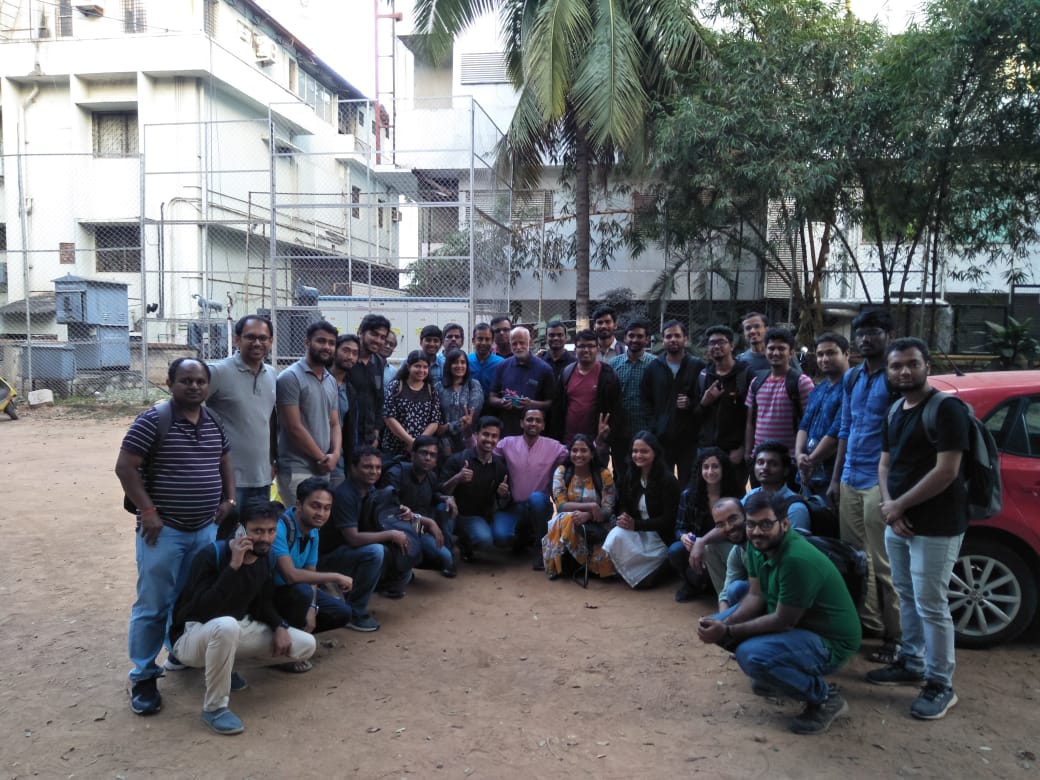
Written by Satyendra Srivastava (Sachin)

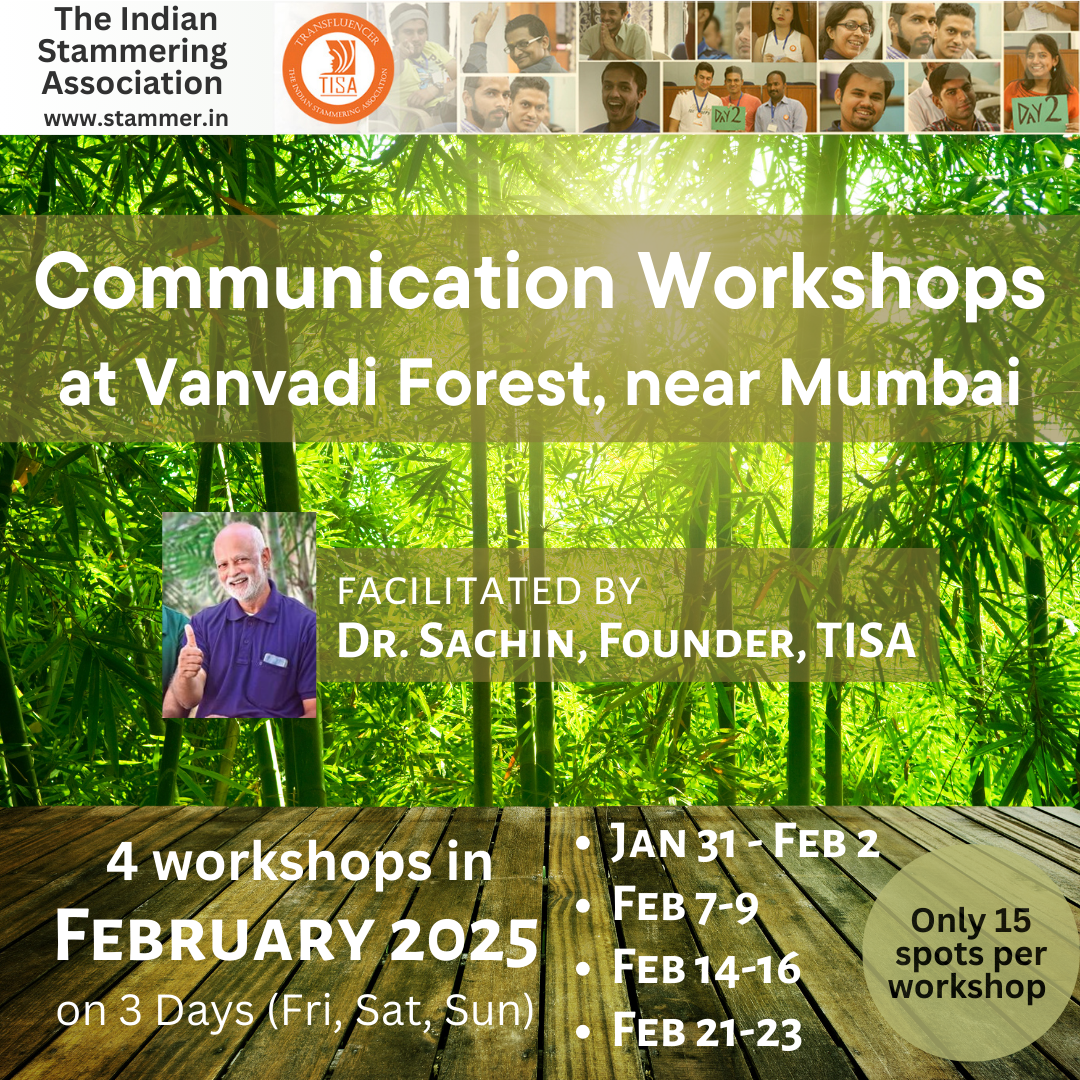
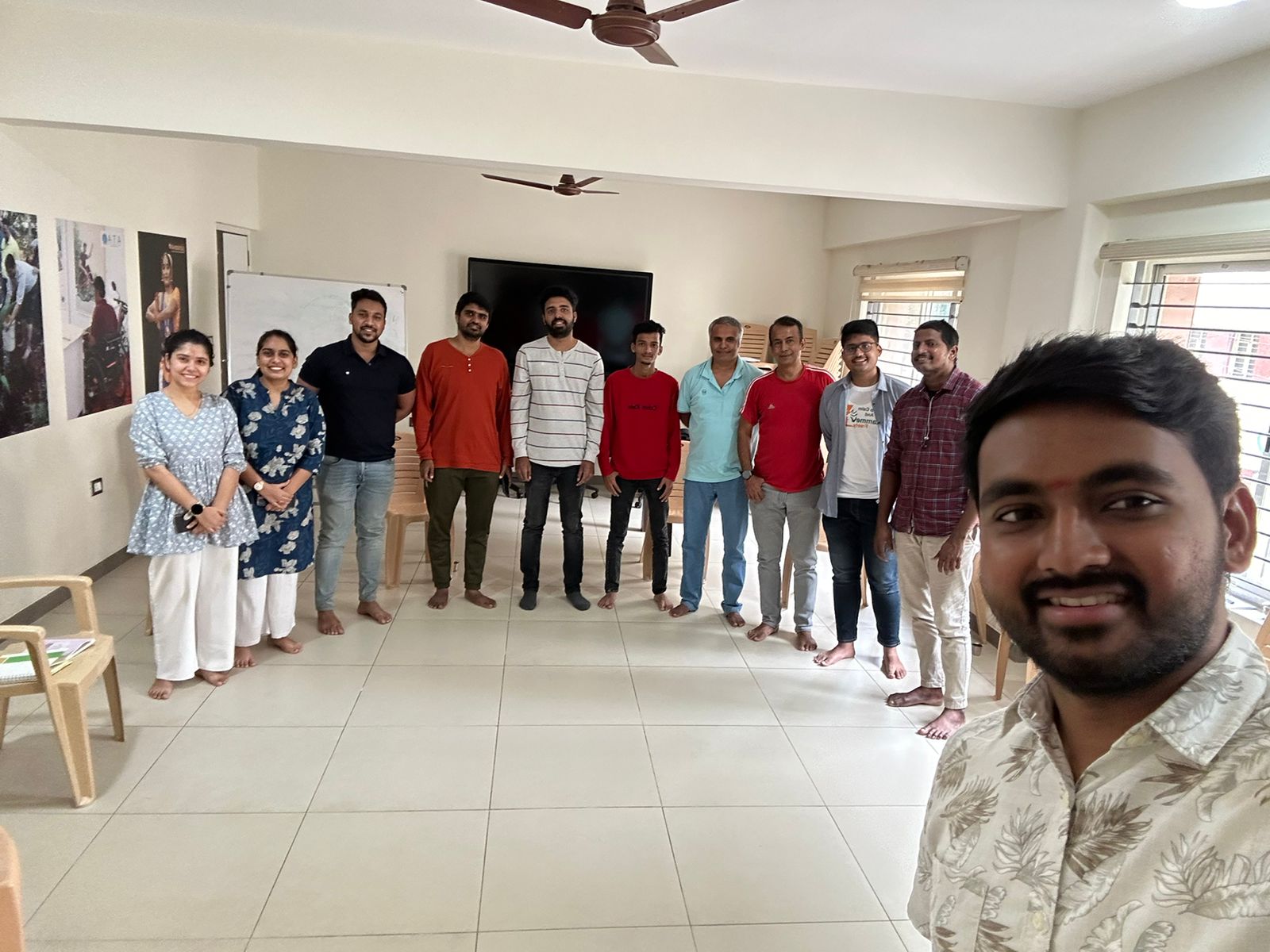

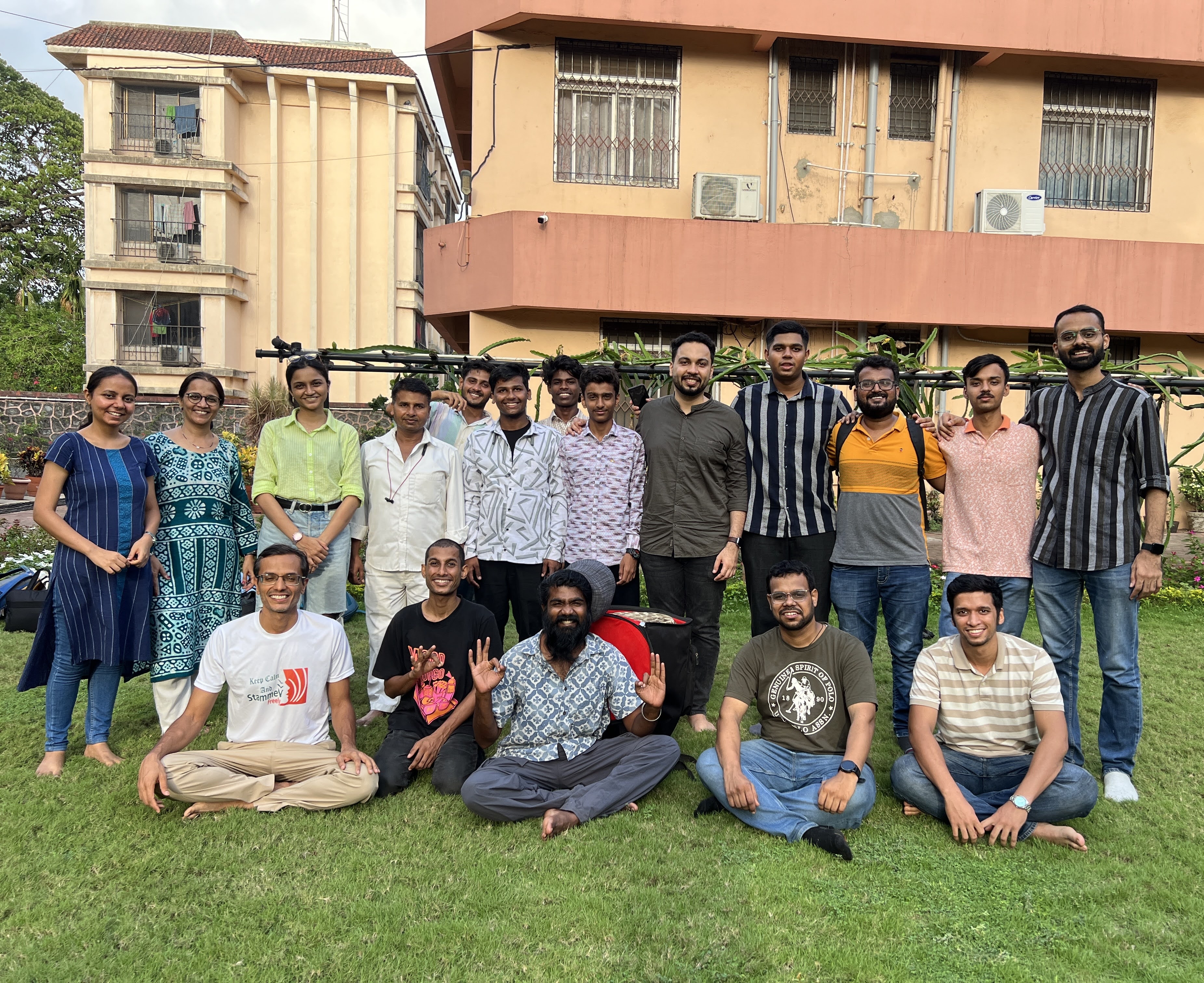
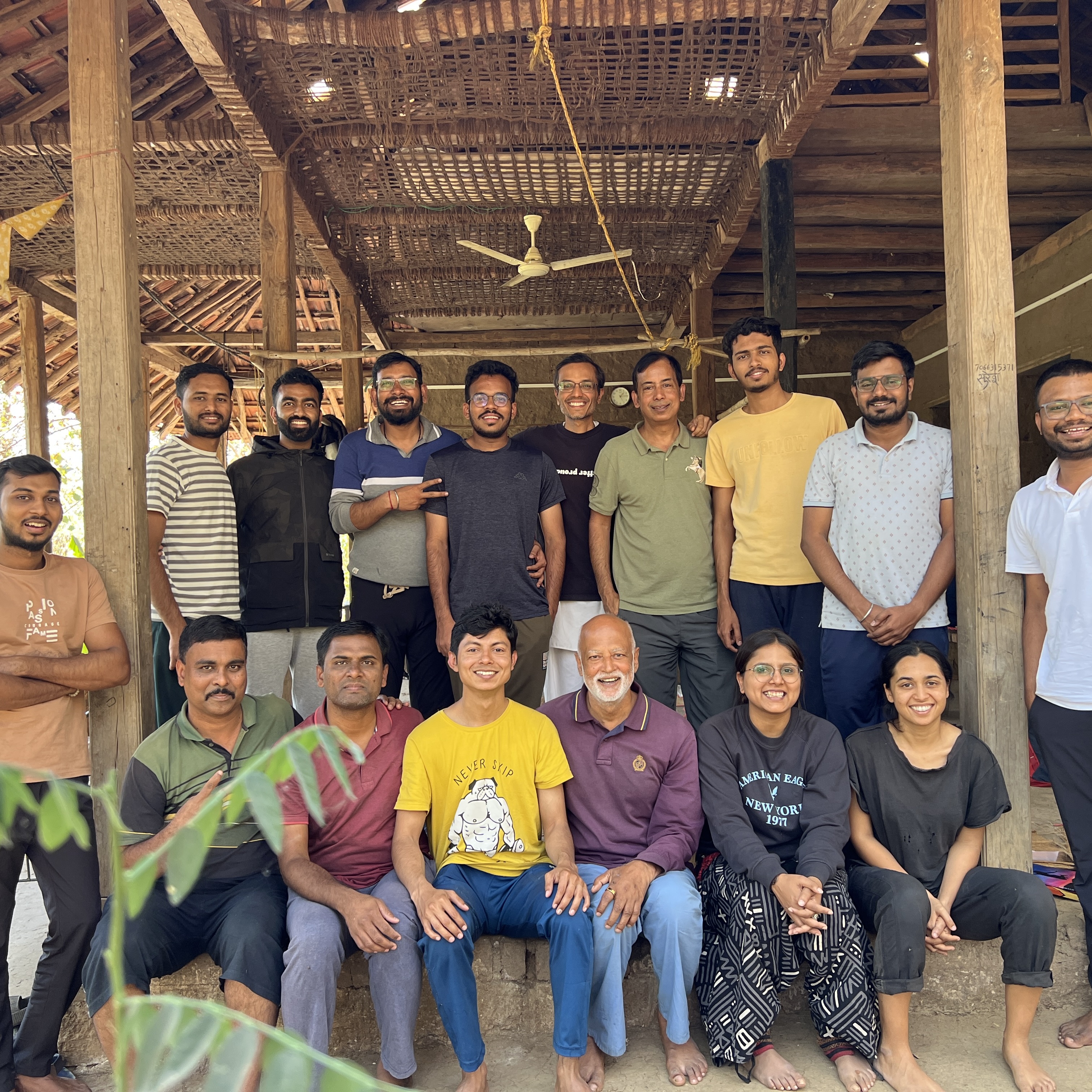
2 thoughts on “TISA Workshop: Looking back to look forward”
Satyendra Srivastava
(January 30, 2020 - 5:24 am)Everyone, keep referring to your worksheet and keep adding to it… The old saying, know thyself, has to be taken in its broadest sense… In order to move ahead… Best wishes
Annasaheb Kalange
(January 30, 2020 - 8:53 am)Thanks Sachin sir. Workshop was totally a new learning.
And reading the report was like experiencing the workshop again.